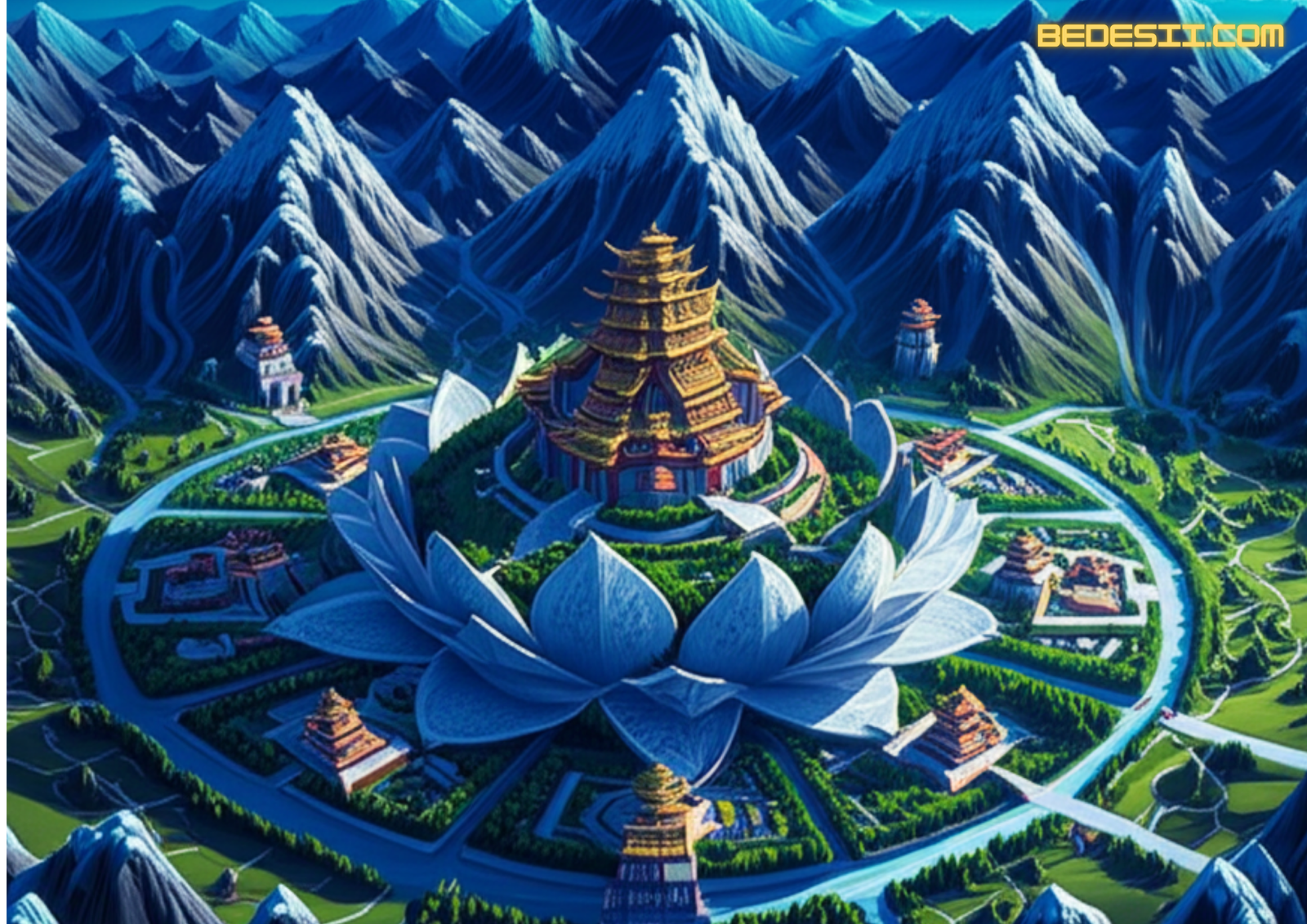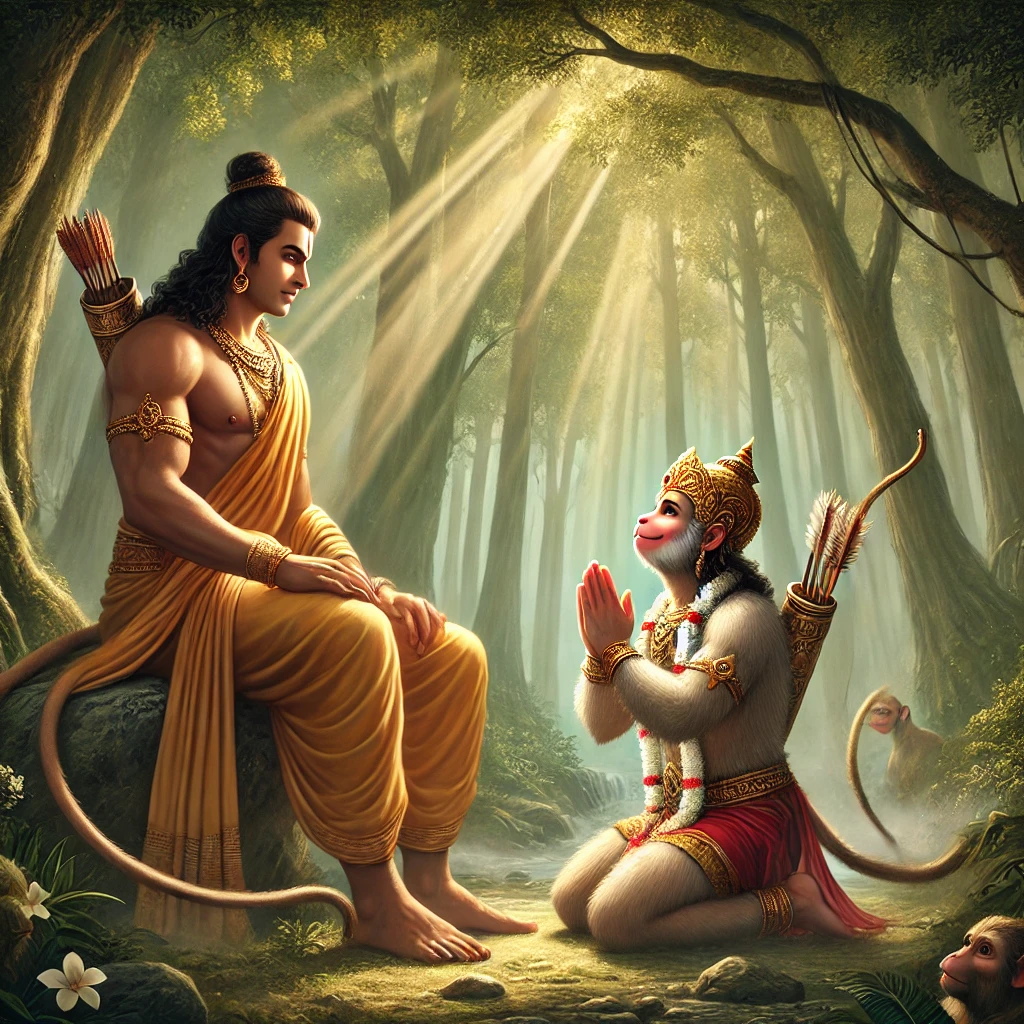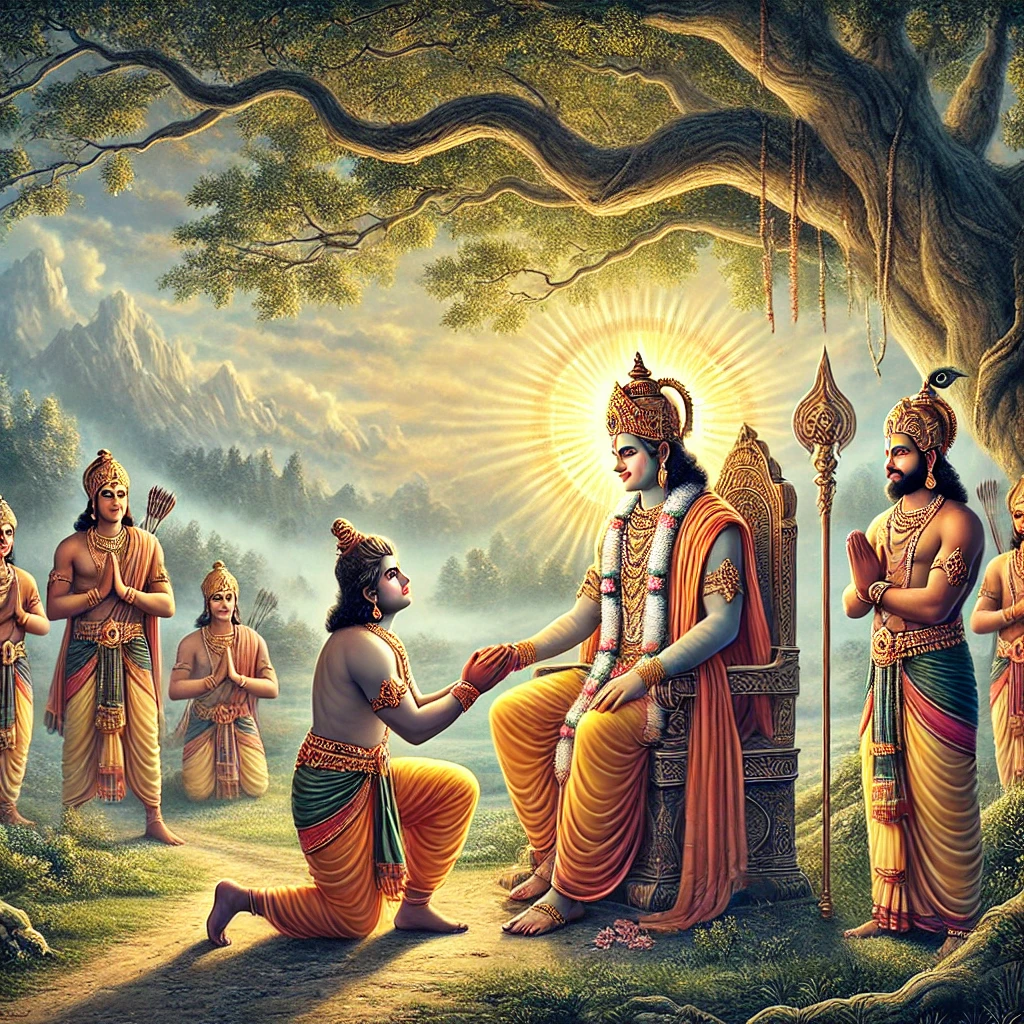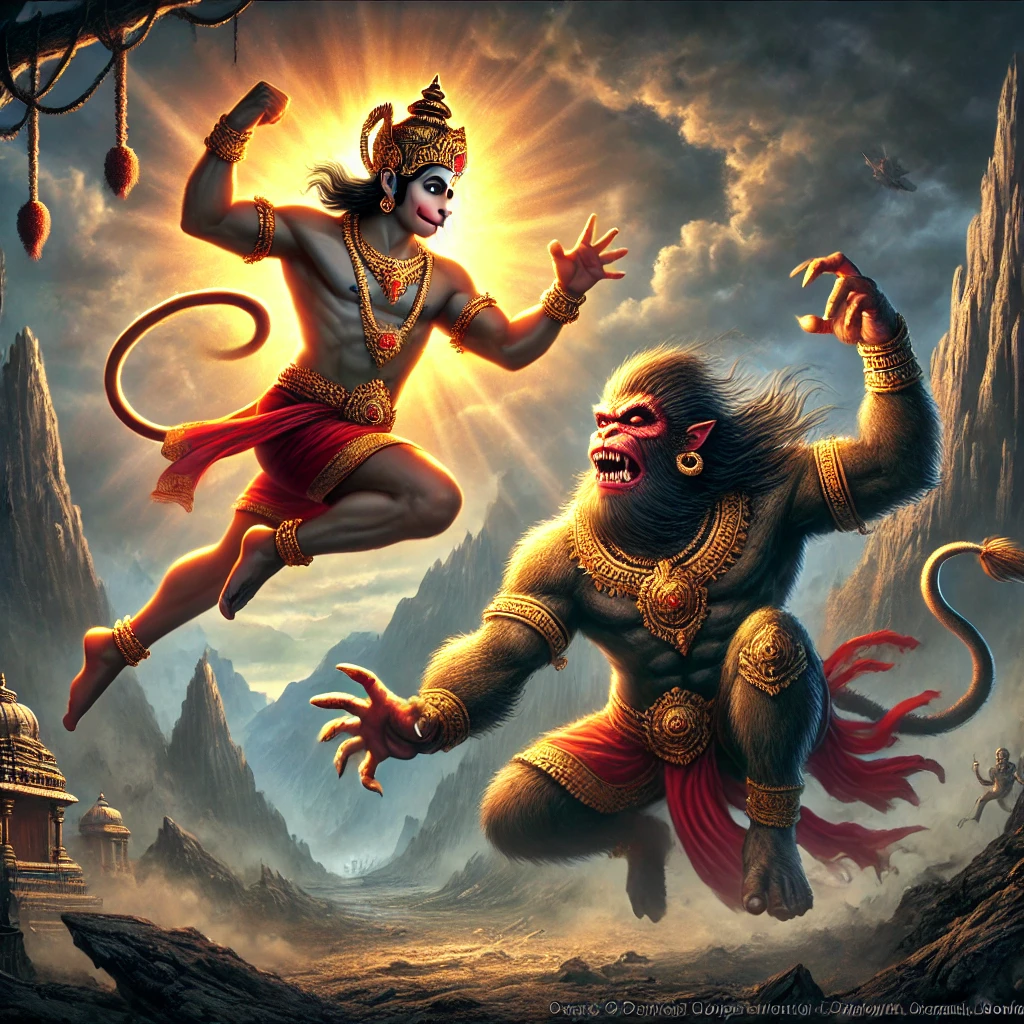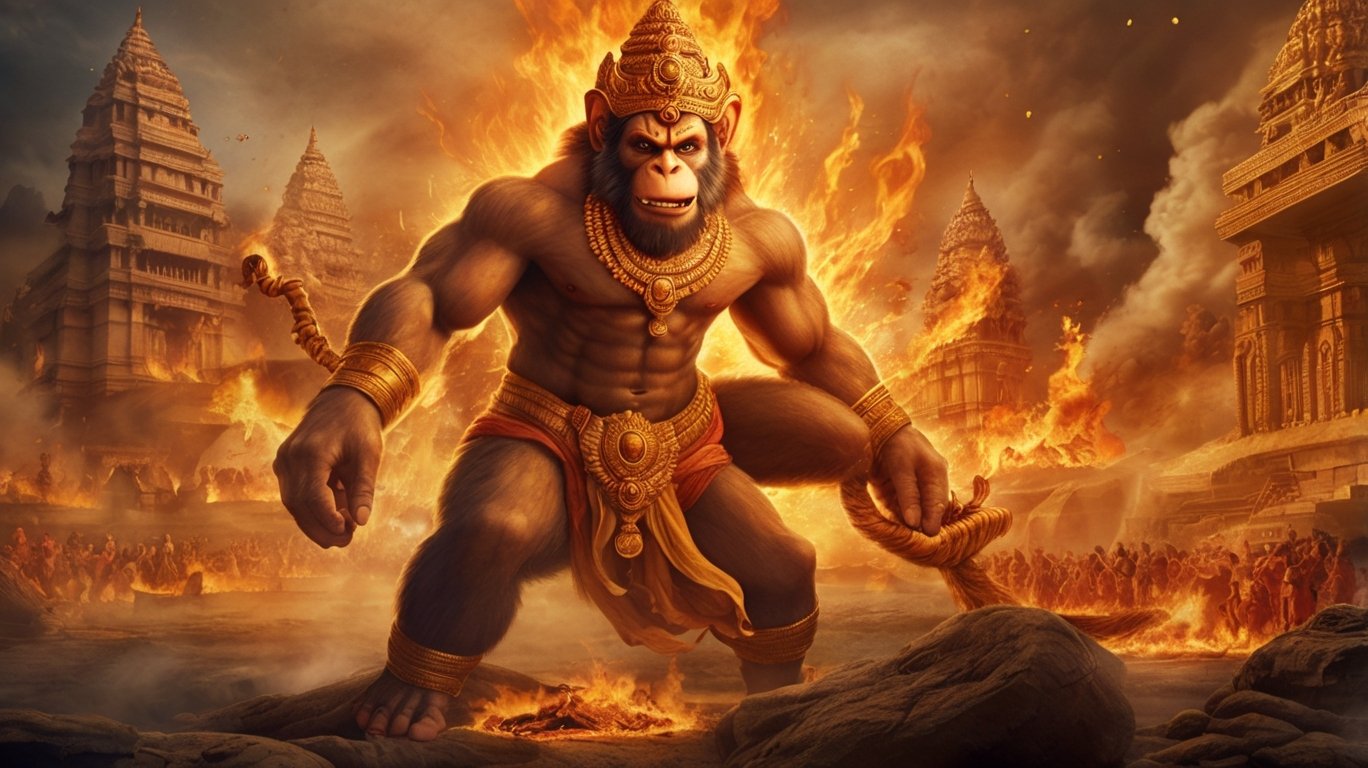Table of Contents
Introduction
Sambhala (also spelled Shambhala) is one of the most mysterious and searched spiritual topics in 2025, captivating seekers, historians, and pop culture alike. From “Sambhala prophecy” and “Sambhala real location” to “Kalki avatar Sambhala,” the legend’s presence in trending keywords reflects a surge of curiosity in India and beyond. This blog explores the story of Sambhala, its roots in Hindu and Buddhist texts, key facts, myths, prophecies, and answers to the most frequently asked questions.
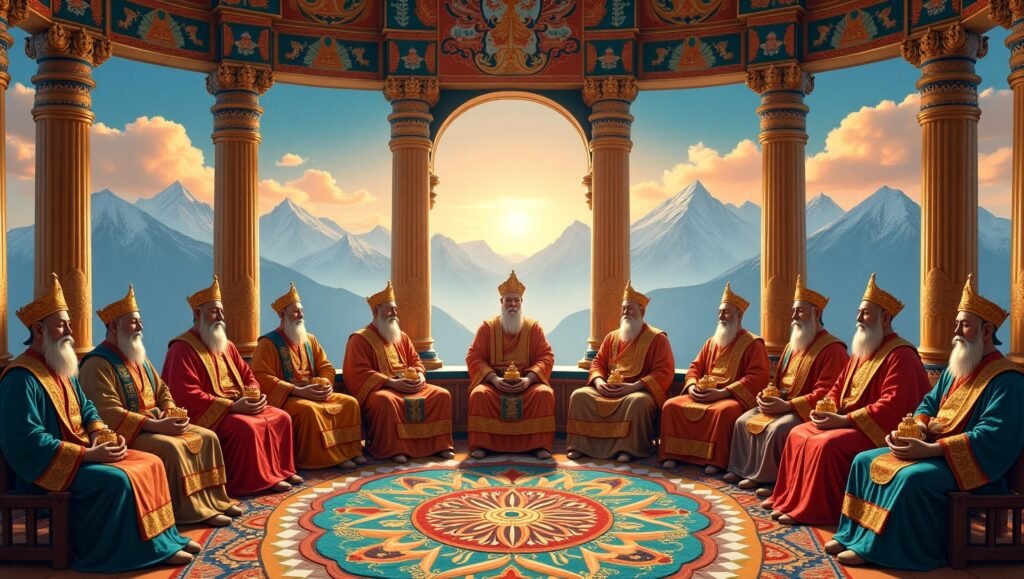
What is Sambhala? (Trending: “Sambhala meaning”, “Sambhala story”)
Sambhala is described in ancient Hindu and Buddhist scriptures as a hidden, mystical kingdom. In Hinduism, it is the prophesied birthplace of Kalki, the final avatar of Vishnu, destined to appear at the end of Kaliyuga. In Tibetan Buddhism, Sambhala is depicted as a pure land ruled by enlightened kings, where peace, wisdom, and spiritual power reign.
Sambhala in Hinduism (Trending: “Kalki avatar Sambhala”, “Sambhala in Vishnu Purana”)
The Vishnu Purana and other Puranic texts mention Sambhala as the village where Kalki will be born to bring an end to the age of darkness and restore righteousness. The prophecy is a cornerstone of Hindu eschatology and is frequently searched as “Kalki avatar birthplace” and “Sambhala prophecy”.
Key Points:
- Location: Traditionally described as a village in present-day Uttar Pradesh, India.
- Role: Birthplace of Kalki, the destroyer of evil and restorer of dharma.
- Symbolism: Hope for a new golden age (Satya Yuga).
Sambhala in Buddhism (Trending: “Shambhala Buddhist kingdom”, “Kalachakra Sambhala”)
In Tibetan Buddhism, Sambhala is a legendary kingdom beyond the Himalayas, detailed in the Kalachakra Tantra. It is ruled by a succession of enlightened kings (Kalkis), who preserve sacred teachings and will one day lead a battle against forces of ignorance.
Key Points:
- Kalachakra Tantra: The Buddha is said to have taught this tantra at Sambhala’s request.
- Spiritual Realm: Sambhala is both a physical and metaphysical place, attainable by those with pure karma.
- Symbolism: Represents the ideal of a society governed by wisdom and compassion.
Myths and Misconceptions (Trending: “Is Sambhala real?”, “Sambhala lost city”, “Sambhala vs Shambhala”)
Myth 1: Sambhala is a Physical Place Anyone Can Visit
Fact: Most traditions agree Sambhala is hidden or exists in a higher dimension, accessible only to the spiritually advanced.
Myth 2: Sambhala is Only a Hindu or Only a Buddhist Concept
Fact: Both Hindu and Buddhist traditions describe Sambhala, but with different details and spiritual meanings.
Myth 3: Sambhala is a Lost Civilization Waiting to be Discovered
Fact: Despite many expeditions, there is no archaeological confirmation of Sambhala’s existence.
Myth 4: The Battle of Sambhala is a Literal War
Fact: Many interpret the prophesied battle as symbolic—a struggle between ignorance and enlightenment.
Sambhala Prophecy and Kalki Avatar (Trending: “Sambhala prophecy”, “Kalki avatar coming”, “When will Kalki be born?”)
Hindu Prophecy: At the end of Kaliyuga, Kalki will be born in Sambhala, wield a blazing sword, and destroy adharma (unrighteousness). This prophecy is a frequent search, especially during times of social or political unrest.
Buddhist Prophecy: The 25th Kalki king of Sambhala will lead an army to defeat the forces of darkness, ushering in a new era of peace.
Sambhala in Modern Searches and Pop Culture (Trending: “Sambhala movie”, “Sambhala meditation”, “Sambhala meaning in Hindi”)
- Movies and Series: Sambhala has inspired films, TV shows, and books, often blending adventure with spiritual themes.
- Meditation and Wellness: “Sambhala meditation” and “Sambhala healing” are popular in wellness circles, symbolizing inner peace and enlightenment.
- Meaning in Hindi: Searches for “Sambhala ka matlab” (meaning of Sambhala) reflect a desire for deeper understanding.
Insights: Sambhala as Metaphor and Spiritual Goal (Trending: “Sambhala spiritual meaning”, “Sambhala inner journey”)
Many teachers and practitioners see Sambhala not as a physical location, but as a metaphor for the enlightened mind or an ideal society. It is a symbol of hope, resilience, and the possibility of transformation—both personal and collective.
Frequently Asked Questions
Where is Sambhala located?
Ancient texts place Sambhala in northern India or beyond the Himalayas, but most traditions describe it as hidden or spiritual, not found on any map.
Is Sambhala real or mythical?
There is no scientific evidence for its existence; Sambhala is widely regarded as a spiritual or allegorical realm.
Who will be born in Sambhala?
Hindu texts say Kalki, the final avatar of Vishnu, will be born in Sambhala at the end of Kaliyuga.
What is the Kalachakra connection?
In Buddhism, Sambhala is the source of the Kalachakra teachings, and its kings are protectors of this wisdom.
Is Sambhala the same as Shambhala?
Yes, “Sambhala” and “Shambhala” are variant spellings of the same legendary kingdom.
Can anyone reach Sambhala?
Only those with pure karma or spiritual realization are said to find Sambhala.
What does Sambhala symbolize today?
Sambhala represents the hope for a just, enlightened society and the inner journey to spiritual awakening.
Conclusion
The legend of Sambhala endures because it speaks to universal hopes: the triumph of good over evil, the promise of a golden age, and the possibility of inner and outer transformation. Whether you view Sambhala as a prophecy, a metaphor, or a spiritual destination, its story continues to inspire seekers in India and around the world.
If you’re searching for Sambhala, remember: the journey may begin in myth, but its destination is within.
Keywords: Sambhala story, Sambhala prophecy, Kalki avatar Sambhala, Sambhala real location, Sambhala meaning in Hindi, Shambhala Buddhist kingdom, Kalachakra Sambhala, Is Sambhala real, Sambhala lost city, Sambhala vs Shambhala, Sambhala meditation, Sambhala movie, Sambhala spiritual meaning, When will Kalki be born, Sambhala inner journey, Sambhala ka matlab
If you have more questions or insights about Sambhala, share them in the comments below!

